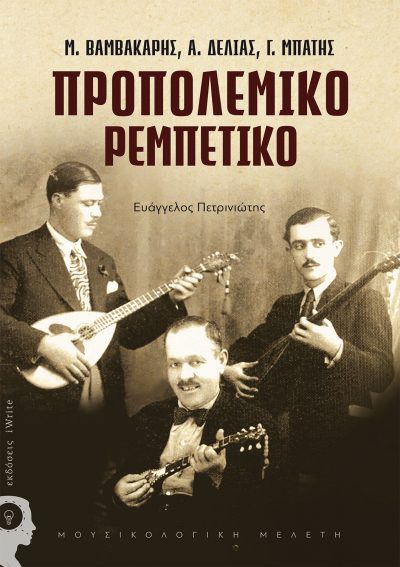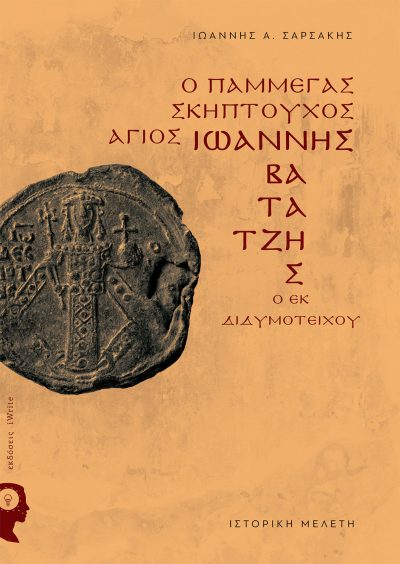In the present paper we try to examine, analyze and interpret with the methodological tools of cultural history, anthropology and art history, by processing three exemplary cases to which eleven chapters correspond and for a period of four centuries (16th-19th c. ): a. the gradual transformations of the post-Byzantine painting tradition thanks to osmosis with its surroundings and the new socio-political and economic reality that emerged, assimilating visual elements of contemporary European and Ottoman culture, elements that present aesthetic interest and which expanded not only the circle of its subjects, its style, but also its decoration, b. the secular house painting of Macedonia as an element of the cultural activity of the urban world, in an effort to highlight the phenomenon of decorative painting, by examining the morphological and typological characteristics of the secular wall paintings in houses that allow us to include the wall paintings in wider decorative groupings, in the context of a visual language which developed within the Ottoman Empire, but also the social and ideological functionality of the decorative phenomenon, c. representations of time that reveal new aspects of both anthropological and ecclesiastical time, which highlight the special character of post-Byzantine society, seen through the prism of the history of the ideas that compose them. At issue is society itself and the way in which time in its various manifestations is integrated into its consciousness, defining its own reality. The consideration here of anthropogenic time focuses on its use and experience by pre-industrial societies.
* The ebook was developed in the context of of the "Kallipos - Greek Academic Electronic Books & Aids" program, which took place with the participation of HEALLINK (Association of Greek Academic Libraries), grnet (National Research & Technology Network), National Technical University of Athens and the European Union, while it was co-financed by Greece (Ministry of Education & Religious Affairs, Special Management Service) and the European Union (NSRF 2007-2013, European Community Fund).
The selection of the writing effort coefficient for the design & development of each ebook was made by the respective author - academic - university professor, while our artistic director at the time, Nikolaos Koumartzis, participated in the registers of the "Kallipos" program.
















reviews
There is no review yet.